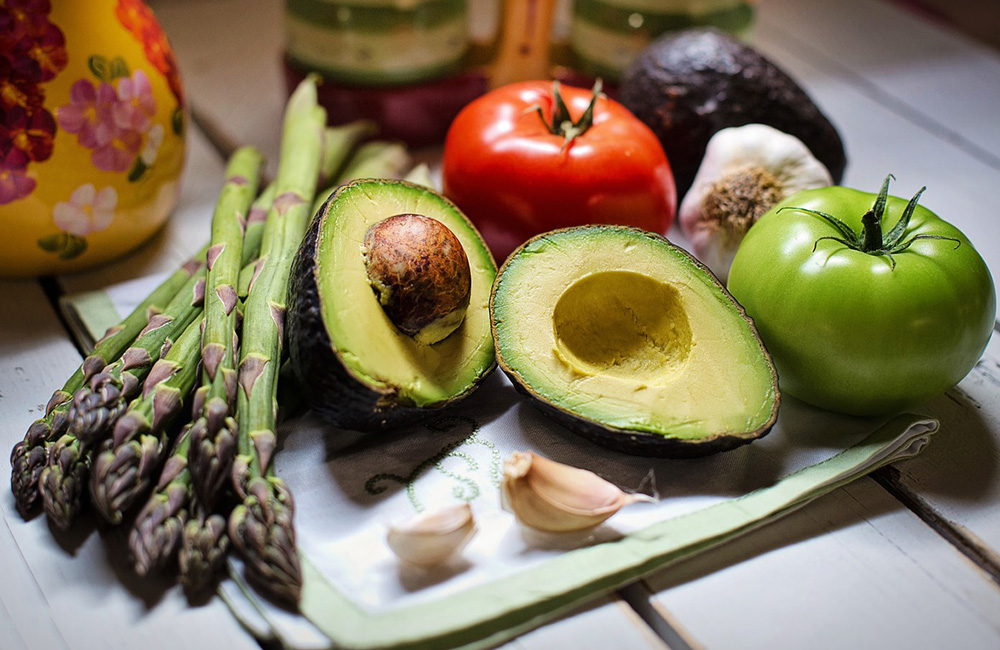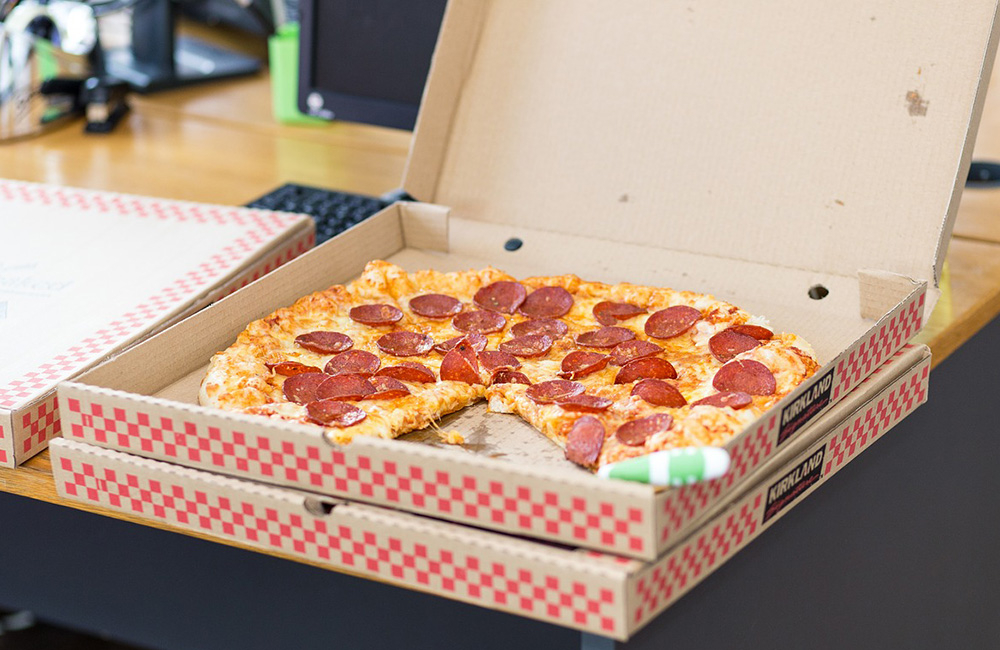In today's busy world, people don't always have time to sit down at a restaurant. But if given the choice between their favorite restaurant food and the drive-thru, most people would choose the former. It's no surprise that many restaurants are now offering to-go and delivery options to customers in their area.
Takeout can add to your restaurant's bottom line and expand your customer base, but it can also drain your cash flow and increase your overhead. To make a takeout restaurant successful, you need a good strategy.

1. Choose Your Menu Wisely
Be smart about your menu. Choose high-value items that travel well. There's a reason why pizza and burgers are two of the most common takeout items. Both are easy to move from the restaurant to the customer's door with minimal quality lost.
To boost profits, include upsell opportunities. Maybe customers can add a bag of potato chips and a drink for $1.99. Customers - particularly Millennials - also want customization when ordering their takeout. Adding "build your own" items to the menu, like salads, pizzas, pastas and other dishes, can add to your bottom line while giving customers what they want.
When creating your actual menu, make sure that you list and highlight your big-ticket items first. And remember - your menu must be online. Customers expect to be able to view takeout menus on their phones or PCs. Paper menus are still important, but digital menus are even more important.
2. Be Smart About Pricing
Finding that "sweet spot" for pricing will be one of your biggest challenges. There's a fine line between turning a profit and being competitively priced. If your prices are too low, you won't make any more. If your prices are too high, you'll lose customers.
Start by figuring out how much it costs to prepare each item on your menu. When figuring out the cost, be sure to factor in:
- The cook's salary
- Fuel
- Ingredients
- Packaging
Once you understand how much it costs to prepare the food, you can determine how much profit you want to make from each sale.
This sounds like a common-sense tip - and it is - but many takeout restaurant owners skip this important step.

3. Find Quality Suppliers
Turning a profit is important, but if you don't prioritize quality, customers won't come back. You may be getting the best deal in town on your ingredients, but if those ingredients are poor quality, your food will be poor quality.
Don't just go with the cheapest supplier you can find. Look for a supplier that's consistent, reliable and offers quality items. This rule applies to both your food supplier and your packaging supplier.
4. Expand Your Delivery Area
If you plan to offer delivery, think carefully about the size of the area that you'll serve. Aim to cover as large of an area as you can without sacrificing the quality of the food.
Too large of a delivery area can mean longer waiting times for customers and cold food upon arrival. Too small of a delivery area will cause you to miss out on potential customers.
Consider how you'll deliver the food (in-house vs. outsourcing) to determine the optimal delivery area for your restaurant.
5. Make it Easy for Customers to Order
Make it easy for customers to place an order and give them options for their order method. Some customers want to order online, while others prefer to call in their order. If you have the ability, you might consider also offering text message ordering, or ordering through your own dedicated app.
Don't be afraid to think outside of the box, too. Adding a drive-thru may make ordering and pick-up even easier for your customers, particularly if you're located near a busy highway or along a popular commuting route.
Remember, the goal is to provide the optimal order system for your restaurant takeout service.

6. Have a System in Place to Minimize Errors
Providing multiple ways to order is good for business, but it can also increase the risk of errors if you don't have a solid system in place. Investing in a good POS system for your takeout restaurant can help minimize errors.
The right restaurant takeout software will streamline orders and keep things organized, reducing the chances of human errors. Every order should be mapped in your POS accordingly, but it's still important to have an employee check the accuracy of each order before it goes out.
Mistakes can and will happen, but too many can really eat into your profits and tarnish your image. With takeout, mistakes can be especially time-consuming to correct. Having to remake - and redeliver orders if you offer delivery - will drastically reduce efficiency, hurt your bottom line and frustrate customers.
Make every effort possible to ensure that orders are right the first time. The more error-free orders you have, the higher your profits will be.
7. Hone Your Packaging Skills
Don't overlook the importance of packaging. This is another area you don't want to skimp on, and it's also an area where you can promote your brand.
Invest in high-quality, sturdy packaging for your foods to prevent spills and soggy messes. Make sure that your staff knows how to properly package the food. The goal is to have the order arrive in optimal condition.
If you can, find a supplier that will customize your packaging to include your brand and logo. This provides one more avenue to promote your restaurant and potentially increase your customer base.
8. Understand the Rules for Taxes
Some states have a restaurant takeout tax, while others don't. This can be a confusing area of tax law, but it's important to understand your state's rules to ensure that your restaurant is compliant.
The restaurant takeout sales tax in NYC, for example, applies to most heated and prepared foods. Cold food provided in packaged condition and unheated, will likely be exempt from sales tax.
It's important to understand how your food will be taxed so that you can price items accordingly.
9. Implement a Takeout Restaurant Loyalty Program
A loyalty program can help increase revenue and customer loyalty while building brand awareness.
The key to success is implementing the right type of program. Here's what Millennials prefer:
- 35% want to earn points for every dollar spent.
- 26% want to receive discounts.
- 21% want to earn points for their number of visits.
- 14% want to earn points for buying certain items.
Another popular option, particularly with takeout restaurants, is to reward customers with free food after making a certain number of purchases - the classic punch card. Buy seven burgers, and the eighth is free. You get the idea.
Knowing your customers will help you determine which type of loyalty program will work best for your restaurant.
10. Don't Forget to Promote
Attracting new customers is the key to success with a takeout restaurant - or any restaurant for that matter. Customers need to know that you're open for business.
Along with the usual advertising methods (direct mail marketing, newspaper advertisements, etc.), it's important to invest in digital marketing. Build a website, be active on social media, and start collecting customer emails for a newsletter list. Keep customers informed and interested by sending special offers, discounts and store news straight to their inbox.
Having a solid marketing strategy will boost profits, expand your customer base and build brand awareness.
It takes time to build a successful takeout restaurant, but the tips listed above will help you get started on the right track.
Learn more on how to manage a successful take-out restaurant:
- Equipment And Supplies Every Take Out Restaurant Needs
- 8 Tips For A Restaurant Take-Out Menu Design
- How To Launch A Successful Take-Out Restaurant
Commercial Equipment: Quote and Advice
Get professional advice and estimates on the necessary equipment as well as a list of supplies needed to start a restaurant.
Richard
tel: 718-369-0600
richard@mcdonaldpaper.com


